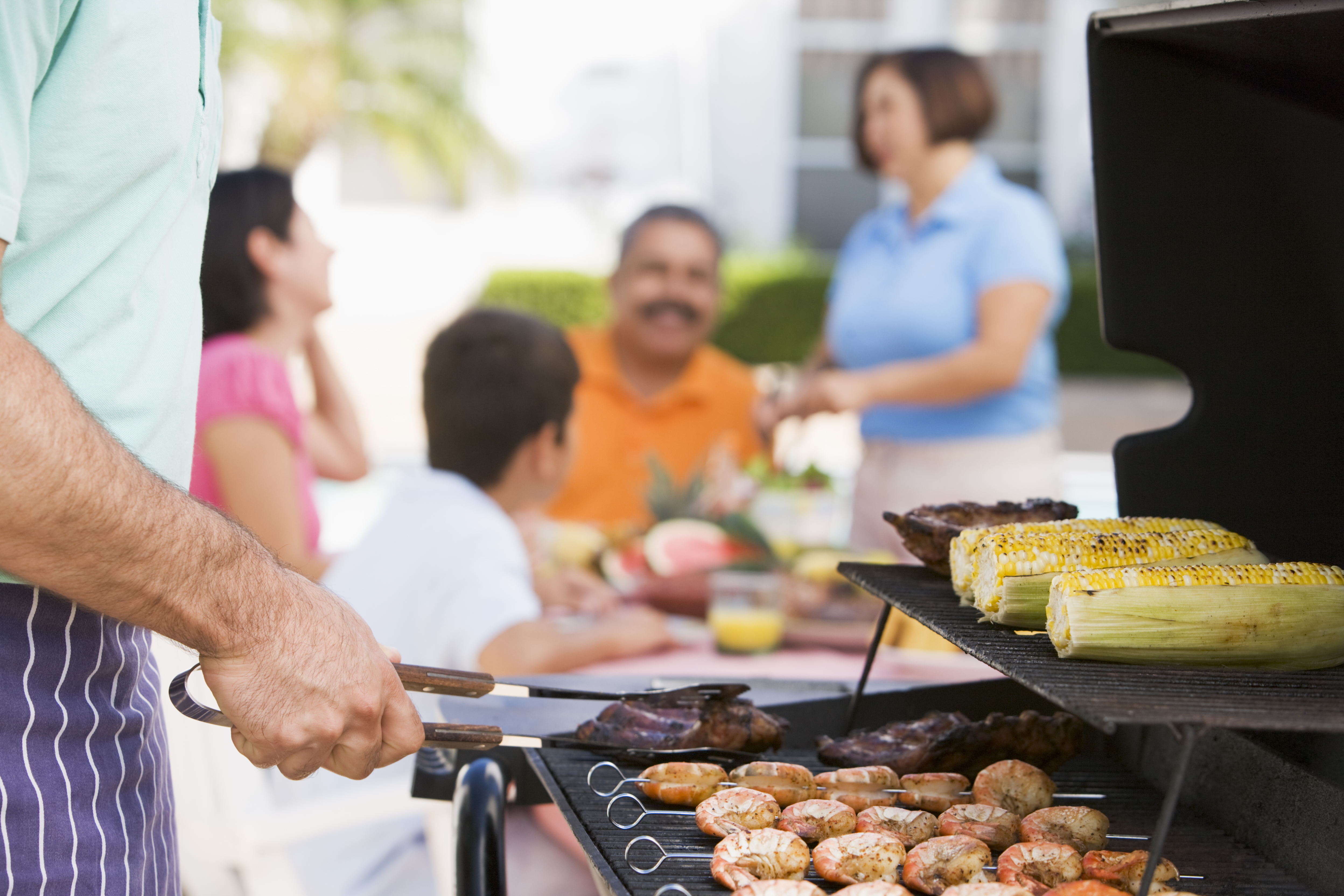Expert tips to prevent foodborne illness

If you’ve ever had food poisoning, also known as foodborne illness, you’re not likely to forget it. If you haven’t, consider yourself lucky. Around one in six people in the United States – 48 million of us – suffer from it every year. Of those, 128,000 are hospitalized; 3,000 die.
While this nasty illness can happen to anyone in any season with just about any food, summer — with its warm, moist breeding ground for bacteria and other germs — is notorious for an upsurge in cases.
“The bacteria that cause foodborne illness love the summertime as much as we do because they thrive and multiply quickly in warmer temperatures,” said Jose Emilio Estben, PhD, Under Secretary for Food Safety in the Office of Food Safety at the U.S. Department of Agriculture. “This causes illnesses to spike during the summer.”
One contributing factor is that people are spending more time outside and preparing food away from their kitchen and its basic amenities, explained Layne Dorough, MPH, a member of the Foodborne Disease National Surveillance Team of the Centers for Disease Control and Prevention (CDC).
“There’s no refrigerator, no sink, no thermometer,” she said. “Food prepping and serving are different.”
People may, for instance, not wash their hands before getting food ready. They may take the chicken off the grill and put it back on the plate where it has been marinating. They may think a thermometer is unnecessary – especially for food labeled precooked
Food is often left on the picnic table instead of being popped into the refrigerator right after a meal. While guests may be relaxing, germs can multiply in the food and sicken people who might decide to have second helpings.
What makes foodborne illnesses especially tricky is that you typically can’t tell by looking, smelling or tasting if the food contains harmful bacteria.
“A lot of times, you just don’t know,” Dorough said. “You could be chatting with someone after a meal and you both determine you don’t feel well.”
Symptoms –diarrhea, stomach pain or cramps, nausea, vomiting or fever – may begin right away, or not for several days. They could last a few hours, or even a week or more.
Despite such dire possibilities, there’s no need to skip cookouts or turn down summer party invitations. Instead, learn how to minimize the chances of foodborne illness.
Foodborne illness by the numbers
2.
The number of hours food can be kept unrefrigerated. If the outside temperature is 90°F or above, that number drops to one hour. Forget how long it’s been sitting there? If in doubt, throw it out.
40 to 140.
The temperatures between these numbers are known as the Danger Zone. At these temperatures, germs can multiply rapidly in food. Cold foods need to be kept at 40 degrees Fahrenheit or colder, and hot foods at 140 degrees Fahrenheit or hotter.
65.
The age at which susceptibility to foodborne illness increases for adults. Others who are susceptible include children under 5, pregnant women and people with compromised immune systems.

Four key prevention steps from the CDC
Clean. Wash your hands, work surfaces and utensils with hot soapy water before and after handling, preparing or serving food. No running water nearby? Use hand sanitizer with at least 60% alcohol on your hands.
Separate; don’t cross-contaminate. Dorough said to keep raw beef, chicken, fish and all other meat apart by storing them in separate containers or plastic bags. Always marinate food in the refrigerator. When it’s time to grill the food, throw the sauce or marinade away. When taking food off the grill, put it on a clean plate.
Use separate cutting boards. You don’t want to cut bread, cheese, produce or any other ready-to-eat food on the same board you used to cut raw meat.
Cook. Use a food thermometer to make sure meats are cooked to these recommended degrees Fahrenheit.
· 145 ‒ Internal temperature for whole cuts of beef, lamb, veal and fish.
· 160‒ Internal temperature for hamburgers and other ground meat.
· 165‒ Internal temperature for chicken and precooked food such as hot dogs.
“Even if it says ‘fully cooked’ on the package,” Dorough said, “make sure it’s cooked to 165 degrees Fahrenheit. I’d recommend bringing a food thermometer to a cookout. It’s small and compact and can keep you safe.”
Use this chart for more recommended temperatures.
Chill. Refrigerate leftovers promptly. Put perishable food, such as salads, cut produce, cold cuts, cheeses and cooked leftovers in a refrigerator, in a cooler nestled on ice or in insulated containers. Use a refrigerator thermometer to be sure the food stays at 40 degrees Fahrenheit or colder.
What should I do if I do get sick?
“Be sure to drink plenty of liquids to prevent dehydration. We recommend seeing a doctor if you have diarrhea or vomiting that lasts longer than three days, vomiting so much that you cannot keep down liquids, if you have blood in your urine or poop, if you have a fever higher than 102 degrees Fahrenheit or if you are dehydrated,” Dorough said.
In rare cases, foodborne illness can lead to hemolytic uremic syndrome, a serious medical condition that can lead to kidney failure. Symptoms include little or no urination, unexplained bruising or rash, fatigue and decreased awareness or alertness.
Before taking any over-the-counter medications for diarrhea, nausea or vomiting, be sure to check with your doctor, Dorough cautioned. This is especially important when giving medication to children younger than 12.